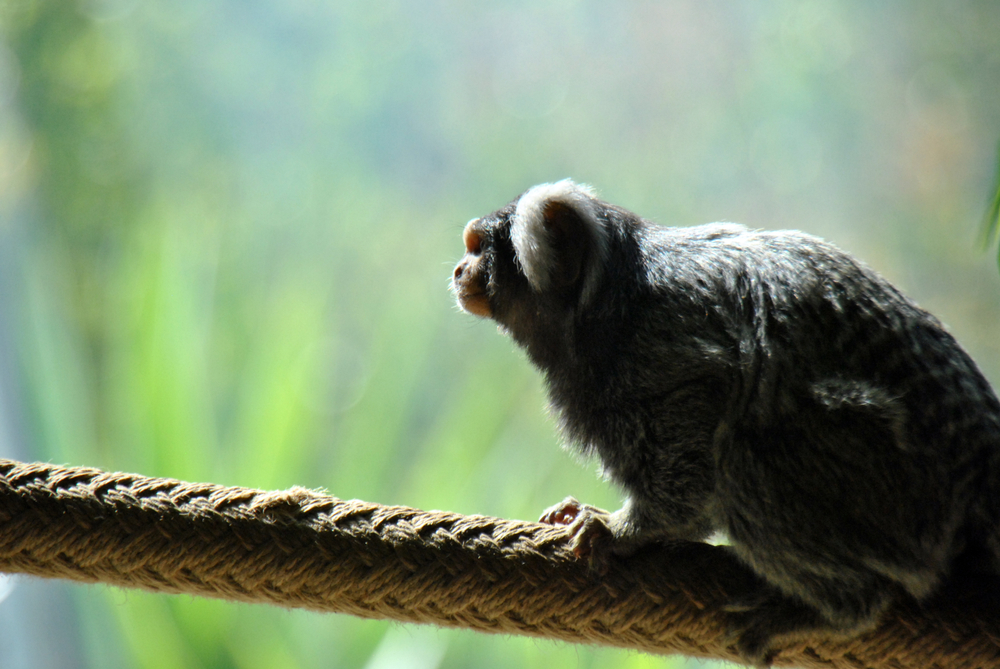
Researchers last week published findings in the journal Scientific Reports which utilized a marmoset monkey model of Zika virus infection to understand how Zika causes congenital disease in their human counterparts.
“We were interested in using primate models to better understand how the Zika virus spreads from the mom to the fetus,” Dr. Maxim Seferovic, a postdoctoral associate in obstetrics and gynecology at Baylor College of Medicine and first author on the study, said. “We found that the available models, including several mouse models as well as rhesus, pigtail and macaque models, were not accurately replicating what we see in humans and had several limitations.”
While other animals have been used in the past for such research, the researchers determined that infected marmosets more closely reproduced the infection effects that humans suffer. The team had previously shown that the Zika virus replicates in placental cells isolated from human pregnancies, allowing the placenta to act as a sort of reservoir for the virus and an entry point to the fetus as it develops. Marmoset dams offered a faithful reproduction of human maternal infection.
What researchers found in the process is that Zika most replicates in the placenta. The monkeys were able to recognize and fight the virus with antibodies and inflammatory responses in the blood, but there was a lack of response in the placenta. The scientists now hope such research will lead to new preventive and therapeutic efforts for humans in the future.




